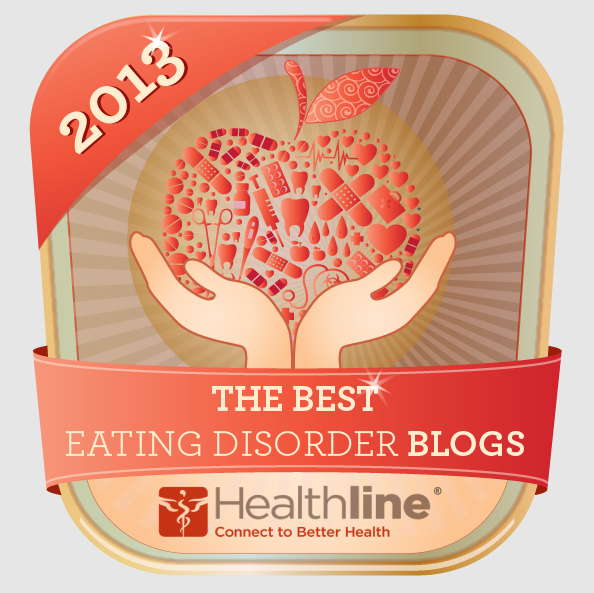
Eating Disorders are among the most common psychiatric problems affecting women but diagnosis can still be elusive. More than half go undiagnosed. When seeking a diagnosis of /recovery from an eating disorder the first and most important step that should be taken is to see a physician for a complete assessment. You must be honest with the doctor and disclose all. There are tests that need to be done to assess your physical condition. This should be followed by a mental health assessment done preferably by an eating disorder specialist. Many who suffer from eating disorders may discover comorbid conditions such as depression, obsessive compulsive disorder (OCD), personality disorders, and anxiety disorder.
Medical tests should be done to:
- determine if there is another cause for the symptoms
- assess what physical impact the disease has had
- determine if there is need for immediate medical intervention
The tests recommended by NEDA (National Eating Disorder Association) are as follows:
Recommended Laboratory Tests
Standard
- Complete Blood Count (CBC) with differential
- Urinalysis
- Complete Metabolic Profile: Sodium, Chloride, Potassium, Glucose, Blood Urea Nitrogen, Creatinine, Total Protein, Albumin, Globulin, Calcium, Carbon Dioxide, AST, Alkaline Phosphates, Total Bilirubin
- Serum magnesium
- Thyroid Screen (T3, T4, TSH)
- Electrocardiogram (ECG)
Special Circumstances
15% or more below ideal body weight (IBW)
- Chest X-Ray
- Complement 3 (C3)
- 24 Creatinine Clearance
- Uric Acid
20% or more below IBW or any neurological sign
- Brain Scan
20% or more below IBW or sign of mitral valve prolapse
- Echocardiogram
30% or more below IBW
- Skin Testing for Immune Functioning
Weight loss 15% or more below IBW lasting 6 months or longer at any time during course of eating disorder
- Dual Energy X-Ray Absorptiometry (DEXA) to assess bone mineral density
- Estadiol Level (or testosterone in males)
Criteria for Level of Care
Inpatient
Medically UnstablePsychiatrically Unstable
- Unstable or depressed vital signs
- Laboratory findings presenting acute risk
- Complications due to coexisting medical problems such as diabetes
- Symptoms worsening at rapid rate
- Suicidal and unable to contract for safety
Residential
- Medically stable so does not require intensive medical interventions
- Psychiatrically impaired and unable to respond to partial hospital or outpatient treatment
Partial Hospital
Medically stablePsychiatrically stable
- Eating disorder may impair functioning but not causing immediate acute risk
- Needs daily assessment of physiological and mental status
- Unable to function in normal social, educational, or vocational situations
- Daily bingeing, purging, severely restricted intake, or other pathogenic weight control techniques
Intensive Outpatient/Outpatient
Medically stable
- No longer needs daily medical monitoring
Psychiatrically stable
- Symptoms in sufficient control to be able to function in normal social, educational, or vocational situations and continue to make progress in recovery.
*Diagnostic criteria for eating disorders such as described in DSM-IV may not be entirely applicable to adolescents. The wide variability in the rate, timing and magnitude of both height and weight gain during normal puberty; the absence of menstrual periods in early puberty along with the unpredictability of menses soon after menarche; and the lack of psychological awareness regarding abstract concepts (such as self-concept, motivation to lose weight or affective states) owing to normative cognitive development limit the application of those formal diagnostic criteria to adolescents. In addition, clinical features such as pubertal delay, growth retardation or the impairment of bone mineral acquisition may occur at subclinical levels of eating disorders. The use of strict criteria may preclude the recognition of eating disorders in their early stages and sub-clinical form (a prerequisite for primary or secondary prevention), and may exclude some adolescents with significantly abnormal eating attitudes and behaviours, such as those who vomit or take laxatives regularly but do not binge. Finally, abnormal eating habits may result in significant impairment in health, even in the absence of fulfillment of formal criteria for an eating disorder. For all of these reasons, it is essential to diagnose eating disorders in adolescents in the context of the multiple and varied aspects of normal pubertal growth, adolescent development and the eventual attainment of a healthy adulthood rather than by merely applying formalized criteria.
Position: In clinical practice, the diagnosis of an eating disorder should be considered in an adolescent patient who engages in potentially unhealthy weight control practices and/or demonstrates obsessive thinking about food, weight, shape or exercise and not only in one who meets established diagnostic criteria. In such adolescents, an eating disorder should be considered if the teenager fails to attain or maintain a healthy weight, height, body composition or stage of sexual maturation for sex and age.
Read in full here.
See also: Eating Disorder Self-Assessment Tests and Quizzes: Do I Have an Eating Disorder?
Sources:National Eating Disorders.Org
http://www.cps.ca/ENGLISH/statements/AM/am96-04.htm
picture: http://www.everystockphoto.com























0 comments:
Post a Comment